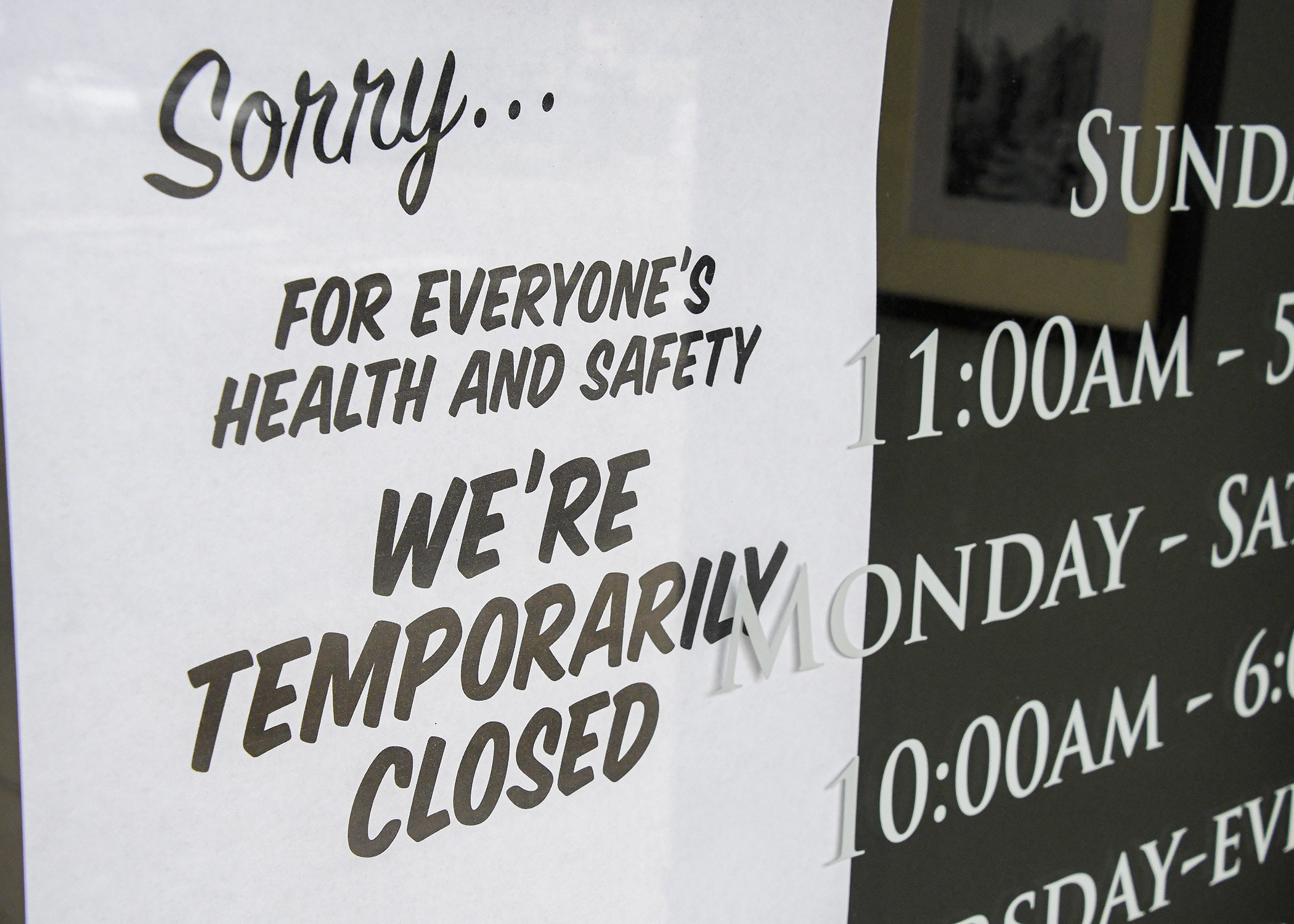Lawmakers consider post-pandemic workforce development needs

With more than 450,000 Minnesotans filing for unemployment insurance due to the COVID-19 pandemic, the House Jobs and Economic Development Finance Division is looking at workforce development initiatives to help them get back to work.
But it’s still working out what resources are needed for that response.
During a remote meeting Thursday, members were told the state’s Dislocated Worker Program is unlikely to have the funding anticipated in the 2020 February Forecast.
Instead, the account is expected to contain roughly $44 million, about $19 million of which is already spent or obligated, meaning that about $25 million remains.
However, it is unclear how many Minnesotans will return to their previous jobs as businesses reopen, and how many will need workforce training in order to find employment, said Rep. Tim Mahoney (DFL-St. Paul), the division chair.
“I want to be prepared for the worst,” and come up with a “reasonable estimate” to request from federal funding awarded to the state to address the pandemic, he said.
The Department of Employment and Economic Development’s workforce development initiatives have shifted services online over the last month, including interviews, job search support, group trainings, job postings, and virtual career fairs – the first of which is scheduled for Thursday afternoon, said Deputy Commissioner for Workforce Development Hamse Warfa.
They are also actively searching for online courses and working on ways to address transportation barriers and virtual accessibility issues, which make tapping into resources particularly difficult for the people who need them the most, he said.
“What do you need from us in terms of dollars?” Mahoney asked. “We need an estimate, otherwise we’re pulling figures out of the air and that’s not appropriate.”
The state’s 16 local workforce boards – still operating remotely – are available to serve as a resource to help “deploy additional resources quickly,” and looking for ways to provide online training for high-need industries like health care, said Jeanna Fortney, director of the Minnesota Association of Workforce Boards.
Louis King, president and CEO of Summit Academy, was among testifiers who urged the division to use the situation as an opportunity to improve its workforce development system, focusing on getting people into careers, not just low-paying jobs.
“We believe this is an opportunity to pivot and modernize our workforce system,” in a way that both helps more people long-term and addresses inequities, said Eric Muschler of the Minneapolis St. Paul Regional Workforce Innovation Network.
Related Articles
Search Session Daily
Advanced Search OptionsPriority Dailies
Ways and Means Committee OKs proposed $512 million supplemental budget on party-line vote
By Mike Cook Meeting more needs or fiscal irresponsibility is one way to sum up the differences among the two parties on a supplemental spending package a year after a $72 billion state budg...
Meeting more needs or fiscal irresponsibility is one way to sum up the differences among the two parties on a supplemental spending package a year after a $72 billion state budg...
Minnesota’s projected budget surplus balloons to $3.7 billion, but fiscal pressure still looms
By Rob Hubbard Just as Minnesota has experienced a warmer winter than usual, so has the state’s budget outlook warmed over the past few months.
On Thursday, Minnesota Management and Budget...
Just as Minnesota has experienced a warmer winter than usual, so has the state’s budget outlook warmed over the past few months.
On Thursday, Minnesota Management and Budget...